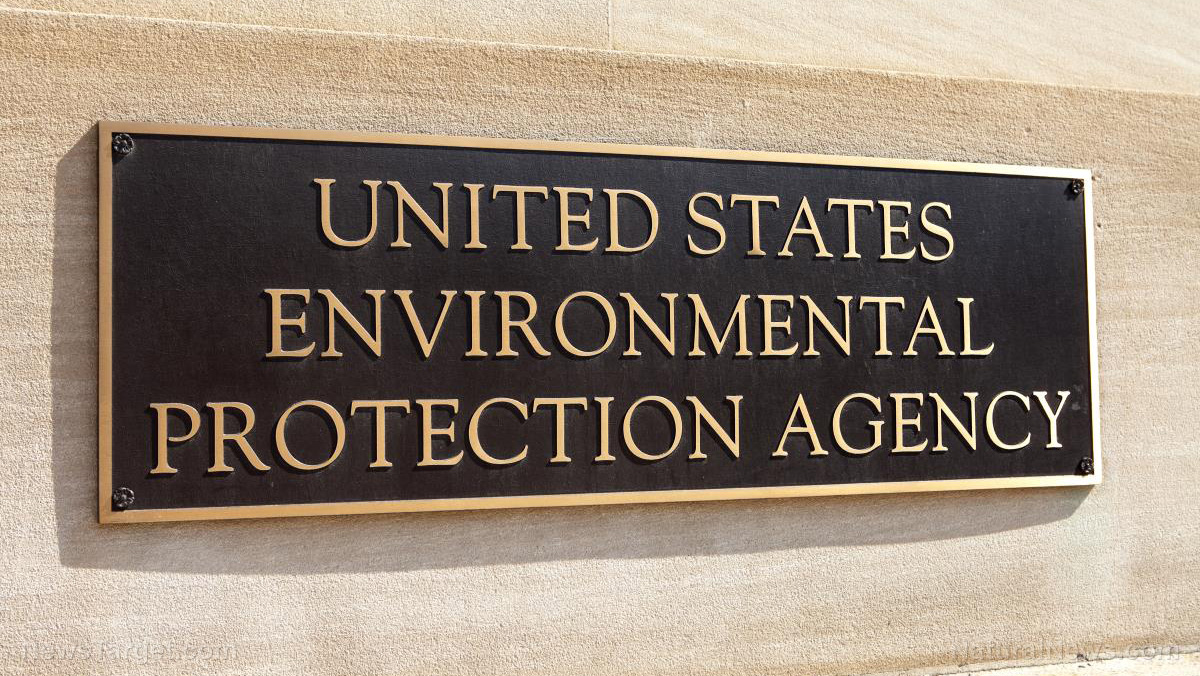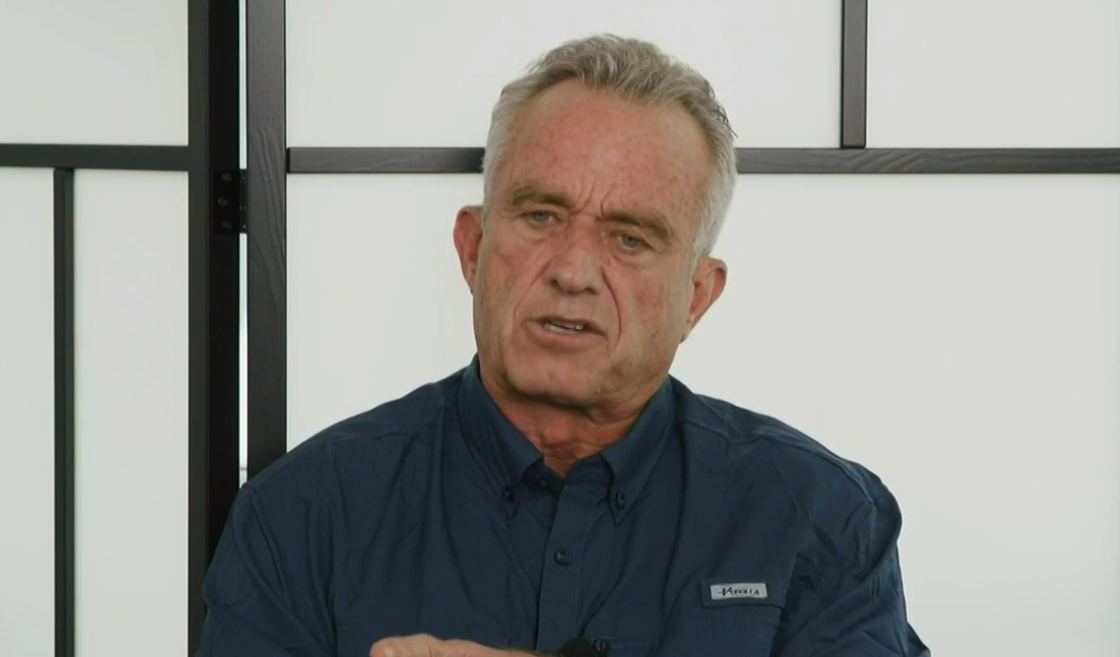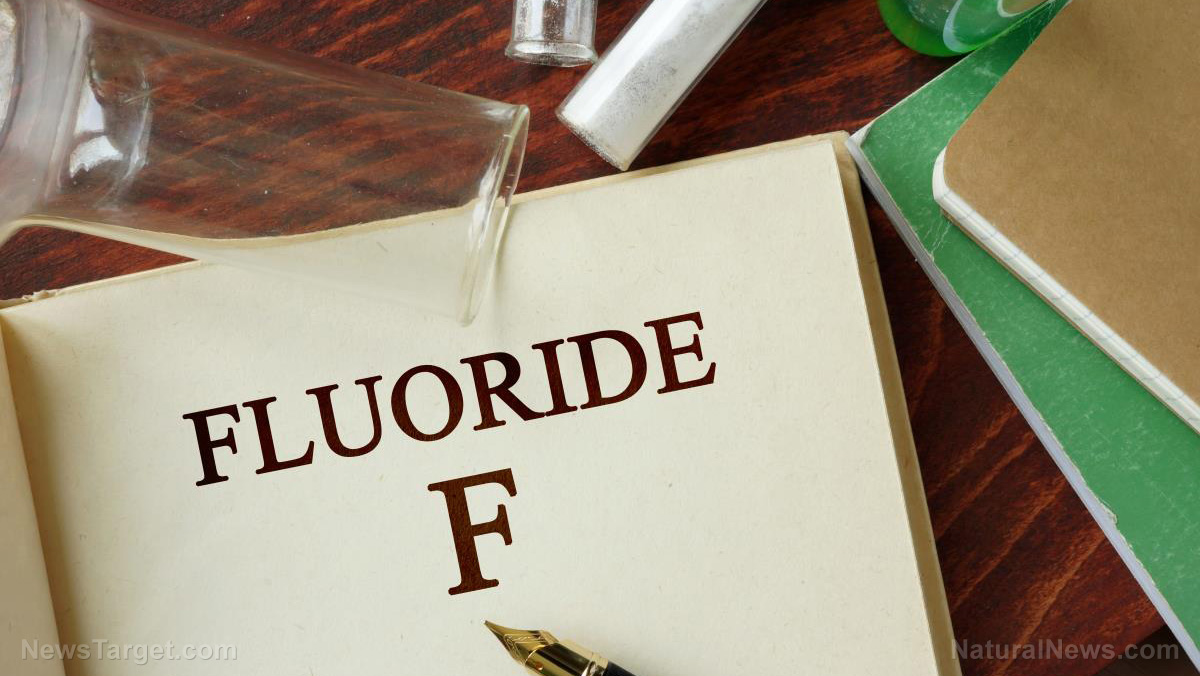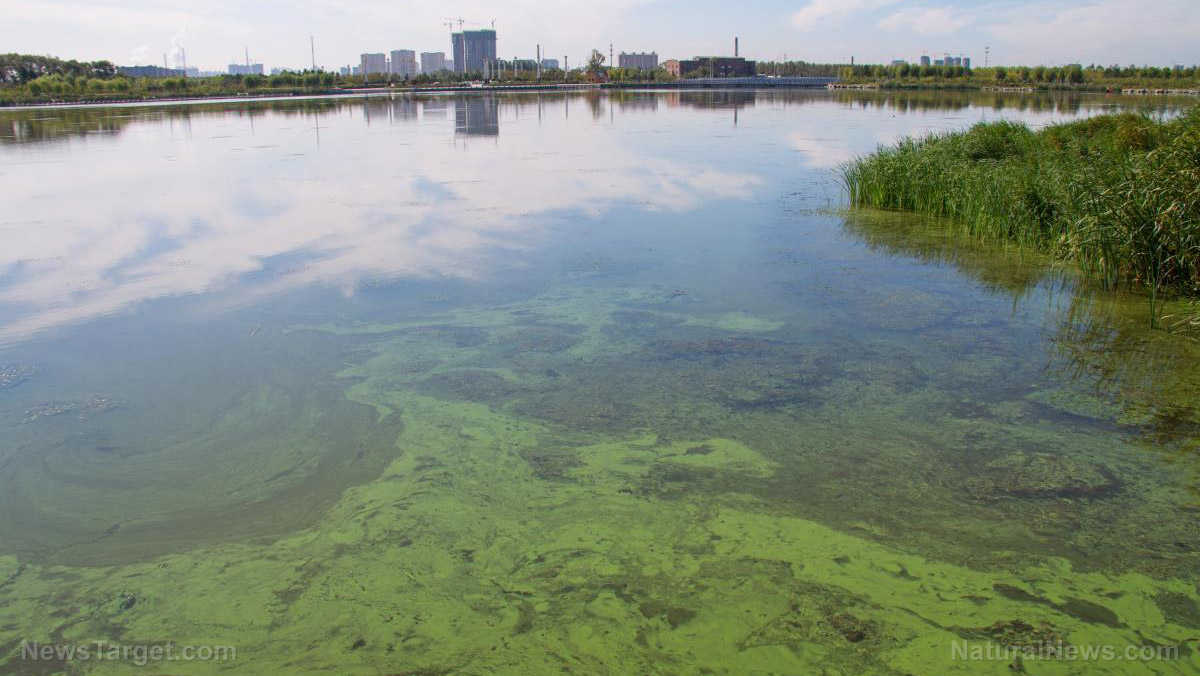EPA report finds 58 scenarios where formaldehyde poses “unreasonable risk” to human health, but formaldehyde in vaccines wasn’t studied
01/08/2025 / By Lance D Johnson
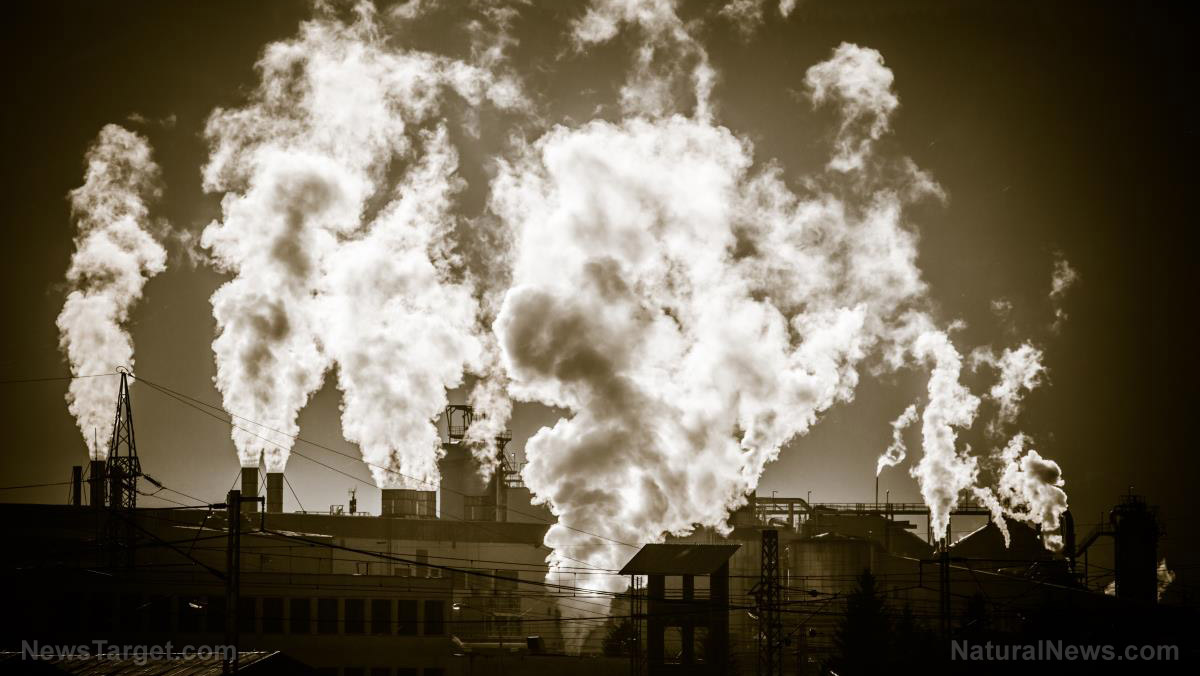
- The U.S. Environmental Protection Agency (EPA) released a report in December stating that formaldehyde presents an “unreasonable risk” to human health, citing links to cancer, asthma, miscarriages and fertility problems.
- Despite the declaration, the report downplays the risks to communities living near industrial plants and dismisses the need for action on outdoor air pollution, raising concerns among environmental advocates.
- The EPA found that 58 out of 63 exposure scenarios contribute to unreasonable health risks, with workers in industries such as manufacturing, construction and automotive care facing the highest risks.
- The report fails to address formaldehyde exposure in childhood vaccines, which could have significant implications for children’s health.
- The EPA’s decision has been criticized for being less protective of workers and communities, and faces pressure from industry groups and politicians to invalidate the assessment, highlighting the ongoing debate over formaldehyde regulation.
In a long-awaited report released in December 2024, the U.S. Environmental Protection Agency (EPA) declared that formaldehyde, one of the most widely used chemicals in commerce, presents an “unreasonable risk” to human health. The chemical, which is ubiquitous in products ranging from car waxes to building materials, has been linked to cancer, asthma, miscarriages, and fertility problems. However, the EPA’s assessment downplayed the risks to communities living near industrial plants that emit formaldehyde into the air, sparking criticism from environmental advocates and raising questions about the agency’s commitment to protecting public health.
The report, mandated under the Toxic Substances Control Act (TSCA), evaluated 63 scenarios in which people encounter formaldehyde and found that 58 of them contribute to unreasonable health risks. Despite this, the agency adopted weaker standards for protecting workers and dismissed the need for action on outdoor air pollution, leaving fence-line communities—those living near industrial facilities—with little hope of relief. The report also fails to mention formaldehyde exposures in children who are subject to dozens of doses of vaccines that contain the chemical during their developmental years.
A chemical with far-reaching consequences
Formaldehyde is a colorless, strong-smelling gas used in a staggering array of industries, from manufacturing plastics and semiconductors to preserving biological specimens. It is also a byproduct of combustion, released by car exhaust, stoves, and even forest fires. Formaldehyde is the chemical used during vaccine manufacturing to inactive live viruses. While the chemical is naturally produced by living organisms, human activities have significantly increased its presence in the environment. Moreover, a rigorous childhood vaccine schedule micro-doses children with the chemical, exposing their blood to untold levels of a known carcinogen. Further FDA testing should quantify the risk of formaldehyde exposures in children’s blood.
However, the EPA’s report ignores formaldehyde in childhood vaccines, and highlights that workers in industries such as manufacturing, construction, and automotive care face the highest risks. These individuals are exposed to elevated levels of formaldehyde through inhalation and skin contact, often without adequate protective equipment. The agency estimates that 450,000 workers could be left vulnerable to the chemical’s harmful effects under the finalized standards, which are less stringent than those proposed in an earlier draft.
“This is a less protective standard that would leave workers at risk,” said Maria Doa, senior director of chemicals policy at the Environmental Defense Fund and a former EPA chemist. “The EPA’s decision is deeply disappointing and hard to comprehend.”
Fence-line communities left behind
The EPA’s determination that formaldehyde in outdoor air does not pose an unreasonable risk has drawn sharp criticism from environmental advocates. ProPublica’s analysis of EPA data revealed that 320 million Americans live in areas where the lifetime cancer risk from outdoor formaldehyde exposure is 10 times higher than the agency’s ideal threshold. Yet, the EPA concluded that these levels do not warrant regulatory action, citing factors such as the chemical’s degradation in the air and variability in exposure over time.
Katherine O’Brien, a senior attorney at Earthjustice, condemned the decision. “Despite calculating very high cancer risks for people in their homes and also fence-line community residents, EPA has completely written off those risks and set the stage for no regulation to address them,” she said.
The agency’s stance contrasts sharply with its own data and the findings of independent investigations. ProPublica’s reporting revealed that the EPA’s reference point for outdoor air quality was based on a flawed measurement that did not meet local monitoring standards. This discrepancy was omitted from the final report, further eroding trust in the agency’s conclusions.
The EPA’s report arrives amid intense political and industry pressure. House Republicans, led by Rep. Pete Sessions (R-Texas), have urged the incoming Trump administration to invalidate the assessment, calling it “based upon unscientific data” and a threat to economic growth. The chemical industry has also mobilized against the findings, with trade groups accusing the EPA of pursuing “unaccountable lame duck actions.”
The EPA’s report highlights the need for stronger protections and transparent decision-making. Without meaningful action, the health consequences of formaldehyde exposure will persist, leaving vulnerable populations to bear the brunt of a problem that is both preventable and pervasive.
Sources include:
EPA.gov [PDF]
Submit a correction >>
Tagged Under:
automotive industry, biological specimens, cancer risks, construction, degradation, EPA, FDA, formaldehyde testing, manufacturing, plastic manufacturing, prevention, semiconductor manufacturing, toxic chemicals, worker safety
This article may contain statements that reflect the opinion of the author
RECENT NEWS & ARTICLES
COPYRIGHT © 2017 EPA WATCH


